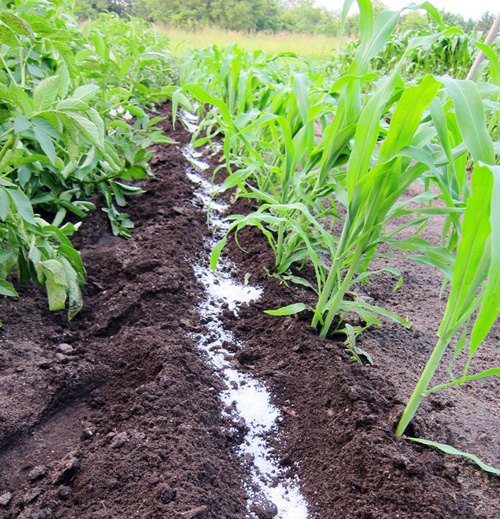



Article by: Hari Yellina
Croppers in Australia are attempting to control the rising cost of fertiliser through a variety of management measures, but producers warn they will not be able to completely avoid significant input cost rises. Farmers will look at their fertiliser budgets and examine how they will manage the situation, according to Wes Lefroy, the senior agriculture analyst at Rabobank. “Most of the phosphorus is already ordered and farmers will normally be looking at administering the minimal amount, knowing there is a certain quantity already in the soil,” Mr Lefroy added. It will be the same with potash; farmers know they can mine down into their soil reserves in the short term, but nitrogen is a different story; farmers want to wait until more is available before deciding on their needs.
“When we have a better notion of what the season holds, we’ll see less N going out upfront and more going out in-crop.” Even though it is highly expensive, farmers will be assured of a return on investment if the season looks excellent, but if the seasonal expectations are a little dubious, a lot of farmers may take a more cautious approach. Farmers are intending to reduce fertiliser application by 10% to 30%, according to anecdotal accounts, while Mr Lefroy believes there is a limit to how much the budget can be cut after last year’s large crops, which drained considerable amounts of nutrients.
Brett Hosking, head of the Grain Growers Association, said farmers were still planning similar rotations for the season before the recent price spike. “We’re obviously dealing with fairly high levels of risk given the upfront expenses without confidence of a good season at the end,” he added. “However, even at these high price points, strong grain prices mean farmers can earn money if the season is positive.” The essence of the situation is that many of these expenditures are set; we need to use gasoline, a particular level of fertiliser, and a certain amount of herbicide, so we can’t avoid them entirely.
“I think many people would prefer lower grain prices and lower input costs so they aren’t as exposed if things go wrong, but if you have moisture, you’d probably keep at normal fertiliser rates.” “There hasn’t been much talk of significant adjustments to rotations as a result of the price increase; we may see mixed farmers keep that last paddock that is generally planted to a grain crop for animals, but it won’t be a significant change, especially given the north’s high moisture levels. Decisions will be deferred in the south and Western Australia, where crops are more dependant on in-crop rainfall, until we have a better view of what the future holds.
Despite having a greater cost of production than other crops, Nick Goddard, executive director of the Australian Oilseeds Federation, said he did not expect input costs to deter canola plantings. The price of canola is really good, so even though it is perceived as a more expensive crop, we don’t see a lot of people abandoning it. “It’s more likely that we’re coming off a big plant, and agronomically good canola paddocks are a little harder to come by.” With the high expense of fertiliser, farmers are turning to precision agriculture technology, which allows them to cut application rates in appropriate regions, according to Mr Lefroy.
“With pricing at these levels, we’re seeing more soil testing, more variable rate application, and there are potentially substantial benefits to even quite slight reduction in application rates.” He also stated that he did not expect any supply concerns. “It’ll be costly, but the good news is that I’m convinced there won’t be any serious supply problems.” Despite COVID-19, higher shipping charges, and enormous supply chain volatility, Australian importers displayed their tenacity last year, bringing in 2.5 million tonnes of urea and a million tonnes of MAP.